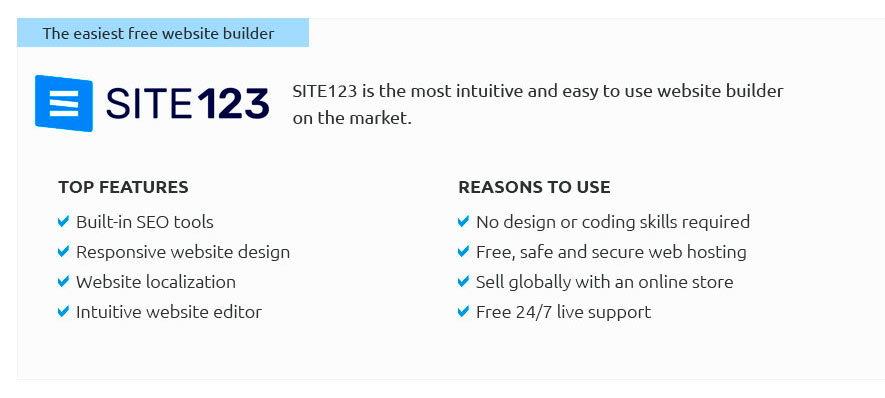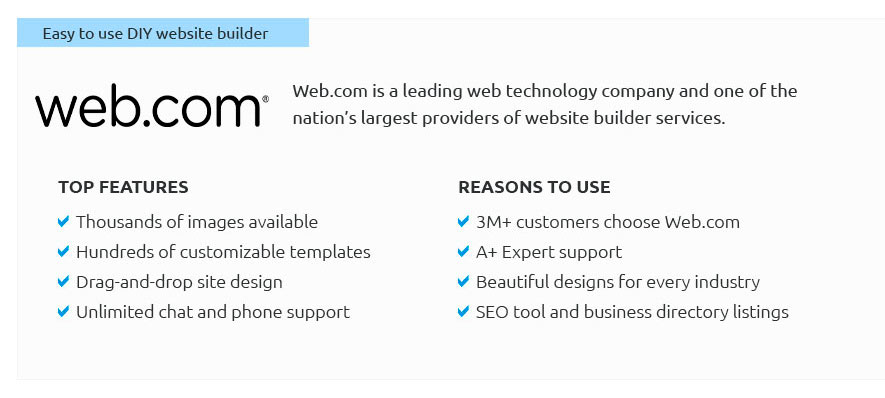 |
 |
 |
 |
|
 |
 |
 |
|
 |
|
 |
 |
|
 |
|
 |
|
 |
 |
How to Make a Private Website: Key Considerations and StepsCreating a private website can be a rewarding endeavor, allowing you to share content with a selected audience. This guide outlines the steps and considerations for building a private site effectively. Why Create a Private Website?There are several reasons why someone might want to make a private website. These include:
Steps to Create a Private Website1. Choose a Reliable Hosting ServiceTo make a private website, start by selecting a hosting service that supports privacy features. Consider your budget and the technical support offered. For some, deciding to buy my own website can be a step towards greater control and customization. 2. Select a Platform or CMSPlatforms like WordPress or Joomla can help in building your site. They offer plugins to enhance privacy. 3. Implement Privacy ControlsEnsure you use strong passwords and user authentication measures. Consider using plugins or services that restrict access to your site. Best Practices for Maintaining PrivacyMaintaining your website’s privacy requires regular updates and vigilance. Here are some best practices:
Learn more about effective web design practices from responsive web design resources. Frequently Asked QuestionsHow do I restrict access to my website?Use password protection and create user accounts with different access levels. Additionally, consider using IP address restrictions. Can I make my website private on WordPress?Yes, WordPress offers various plugins that can help restrict access to your site, such as membership plugins or those offering page-specific access control. Creating a private website involves several steps and considerations. By following these guidelines, you can create a secure and functional space for your specific needs. https://www.godaddy.com/help/manage-private-website-pages-27847
Switch on the Member Accounts toggle to enable customers to make accounts. From there, you can also designate if anyone can create an account, or if only people ... https://www.komando.com/tips/set-up-private-website/?srsltid=AfmBOor8-tPrcFy0JXluRNtsOSmQASWIy8mA4mw2TisMmc3ck0D0uJqo
Security on a family website. Squarespace allows you to set up a site-wide password for security and block content from prying eyes. This is ... https://community.squareup.com/t5/-/-/td-p/590739
Open your site in the website editor, then go to the Settings tab there. Go to the SEO section and scroll down, then toggle on the "Hide site ...
|